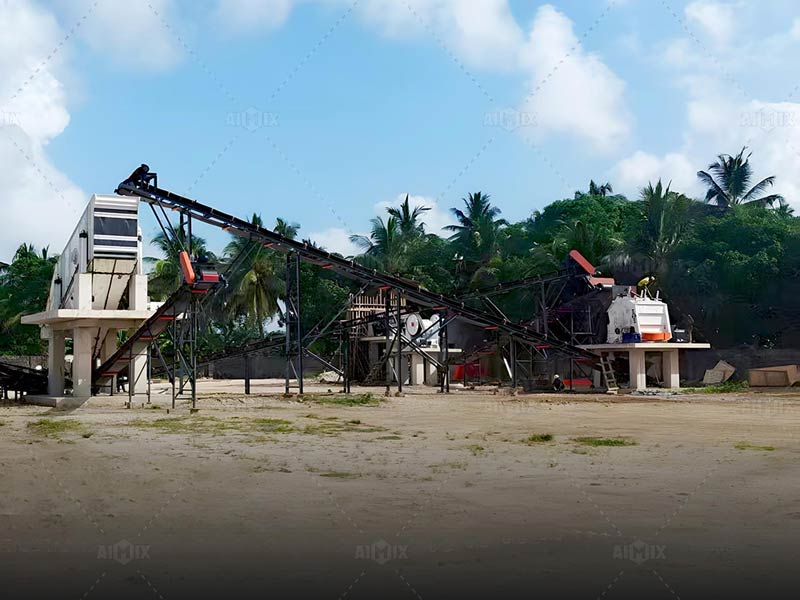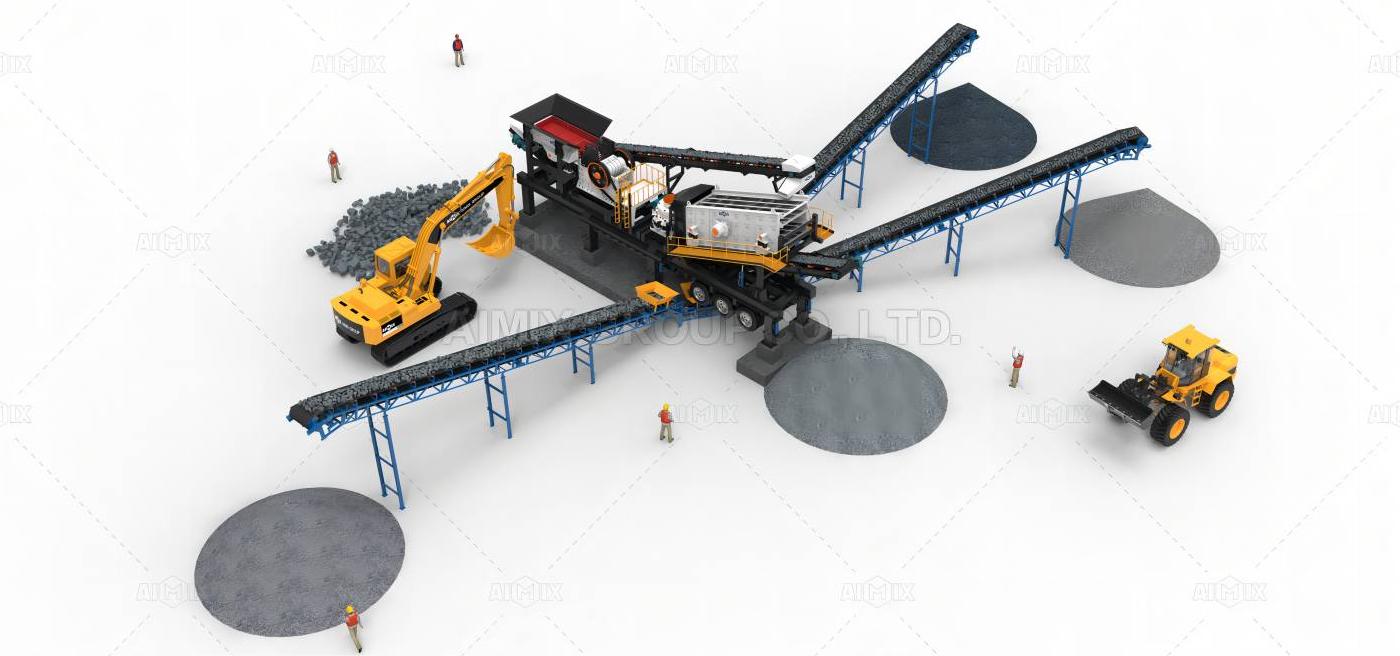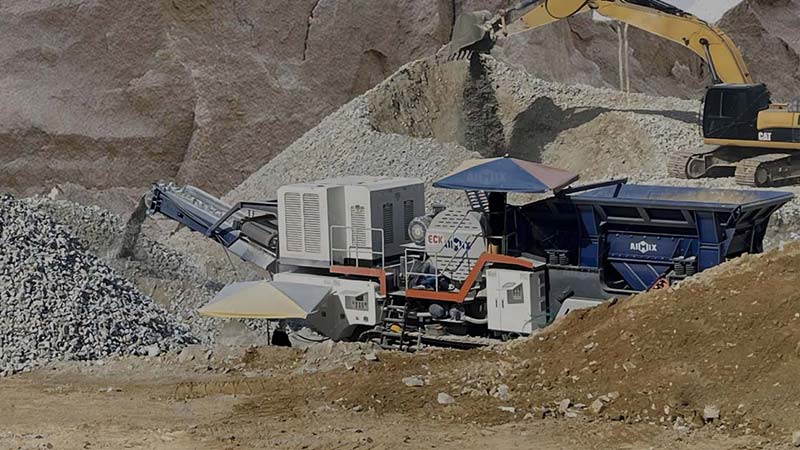The quest for a 200-ton-per-hour stone crusher presents a unique challenge—balancing upfront costs with long-term operational efficiency. Savvy buyers know the cheapest sticker price often leads to the most expensive total ownership, while over-specification can tie up capital unnecessarily. Navigating this landscape requires understanding where to invest and where to economize, all while ensuring the stone crusher machine meets your specific material processing needs day after day.
Modern crusher economics have evolved beyond simple capacity metrics. The difference between an apparent bargain and genuine value lies in evaluating wear part consumption, energy efficiency curves, and hidden maintenance requirements. This guide reveals strategic approaches to secure optimal pricing without compromising the reliability needed for continuous aggregate production.

Strategic Timing for Purchase Negotiations
The heavy equipment market follows predictable seasonal patterns that astute buyers can leverage. Late Q3 often brings inventory clearance incentives as dealers make room for next year’s models, while pre-owned equipment availability spikes after major infrastructure projects conclude. Crusher manufacturers typically revise their product lines every 36-42 months—targeting the months just before a new release can yield surprising discounts on current inventory.
Consider off-season purchasing for additional leverage. Northern hemisphere winter months see reduced construction activity, creating buyer-friendly conditions for stationary crushers. Mobile units, conversely, command premium pricing in spring when contractors mobilize for new projects. Some manufacturers offer early bird discounts for orders placed during trade show seasons, capitalizing on the industry’s collective attention.
Configuration Optimization Over Raw Power
A 200 TPH rating alone doesn’t define a crusher’s true capability. The throughput-to-power ratio often reveals more about real-world value. For limestone applications, a well-configured jaw crusher mobile with 132-160kW motors frequently outperforms an overbuilt 250kW unit when paired with proper feeder and screening systems. Focus on application-specific engineering rather than blanket specifications.
Key cost-saving configurations include:
Modular wear assemblies that reduce downtime during part replacements
Hybrid power options for sites with unreliable grid connections
Pre-engineered foundation packages that eliminate custom concrete work
Multi-groove sheaves allowing speed adjustments without rotor changes

The Hidden Value in Aftermarket Support
The true cost of ownership emerges in the crusher’s third year of operation when wear part consumption patterns become apparent. Manufacturers offering consumable part guarantees or tonnage-based pricing for liners and blow bars often provide better long-term value despite slightly higher initial quotes. Evaluate service networks with the same scrutiny as equipment specs—a local dealer with 24/7 parts availability trumps distant cost savings when breakdowns occur.
Smart buyers create maintenance cost projections comparing:
Expected liner life in specific material conditions
Onsite service call response times
Tooling requirements for routine adjustments
Availability of rebuild kits for major components
Financing packages deserve equal attention. Some manufacturers offer production-based payment plans that align machine costs with actual tonnage output, effectively making the crusher pay for itself during peak seasons. Others provide trade-in guarantees that establish future value thresholds, protecting your investment against market fluctuations.
The art of securing an optimally priced 200 TPH crusher lies in viewing the purchase as an integrated system rather than isolated equipment. When operational efficiency, maintenance costs, and resale value factor into the decision, the apparent “best 200 tph stone crusher price” often shifts dramatically. Those who take this holistic approach frequently discover that mid-range priced units with superior engineering and support packages deliver the most crushing value per dollar over a five-year horizon.

Comments
No comments yet. Be the first to react!